When we suffer from flu and cold, our body develops mucus inside the lungs which comes out when we cough. But when this gets worse and pneumonia develops then we need to think of other ways to take out that extra sputum. Postural drainage positions are a scientific way yet a very easy procedure to drain out sputum from our lungs.
In this article, I am going to simplify the postural drainage posture so that you can practice it at home. So read the article till the end to get the most out of it.
Table of Contents
Postural drainage positions to drain out sputum
The postural drainage technique is a procedure in which the body is postured such that fluid can drain out under the effect of gravity. To understand this, we need to learn a little about lung anatomy. We will not go deeper into the anatomy; we will cover an overview.
So we have two lungs inside the rib cage, lungs are connected to the nostrils through the trachea bronchi and bronchioles. Each lung is subdivided into three lobes: upper lobes, middle lobe, and lower lobe. So when we suffer from pneumonia the mucus formation occurs in the lung and can affect any of the lobes.
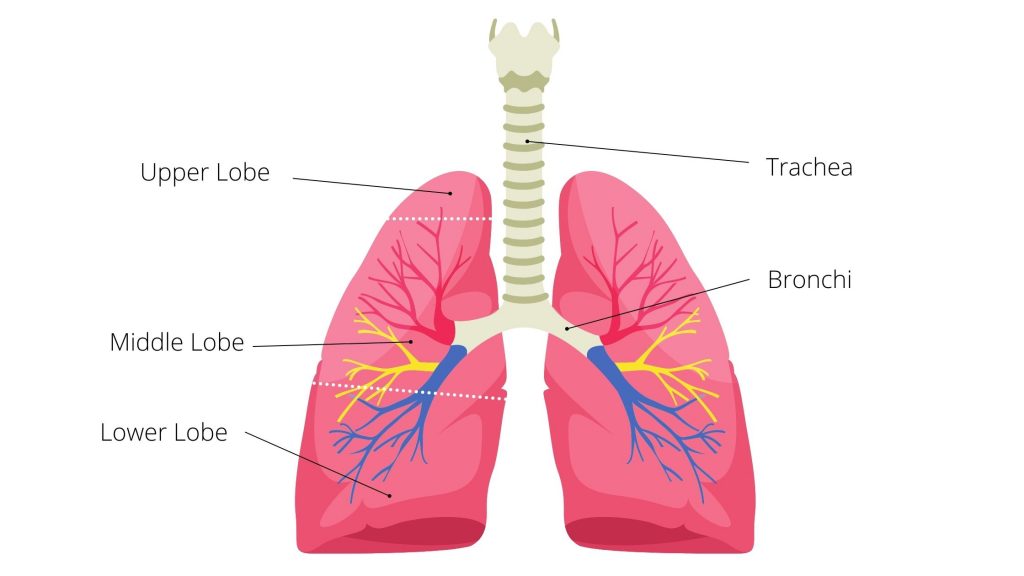
For the effectiveness of the postural drainage technique, the body posture would depend on which lobe is affected and is filled with mucus.
The posture aims to drain out mucus from the bronchi to the trachea and then finally cough it out. So, let’s start with the upper lobe. Along with this, you can also follow breathing exercises for better results.
Postural drainage positions for the upper lobe
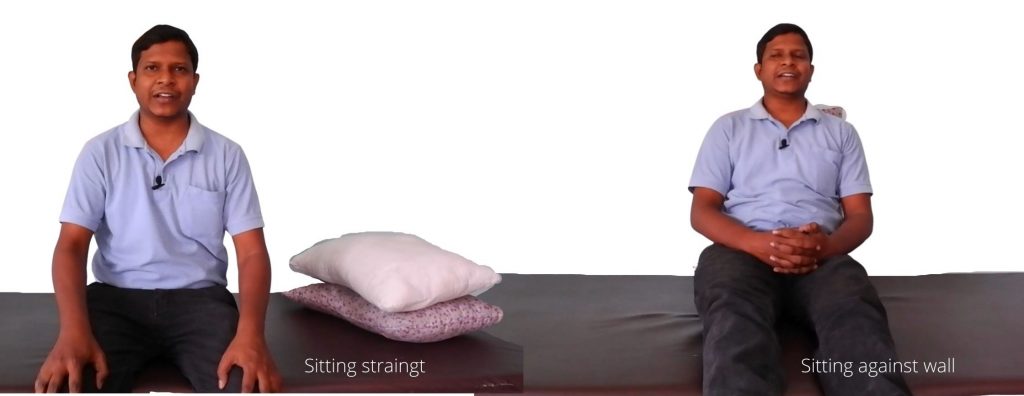
Our first postural drainage position aims at draining out mucus from the upper lobe. There is a simple way to help drain out the mucus from the upper lobe under the influence of gravity: by sitting straight.
- When we sit straight, it allows the fluid in the upper lobe to flow towards the bronchi, which can help to clear out the mucus.
- It is recommended to sit in this position for at least 10 minutes to allow time for the drainage to occur.
- If sitting straight is impossible for discomfort or other reasons, an alternative is to sit against a wall using pillows. This can provide a better rest position and still allow for mucus drainage.
Postural drainage positions for the middle lobe
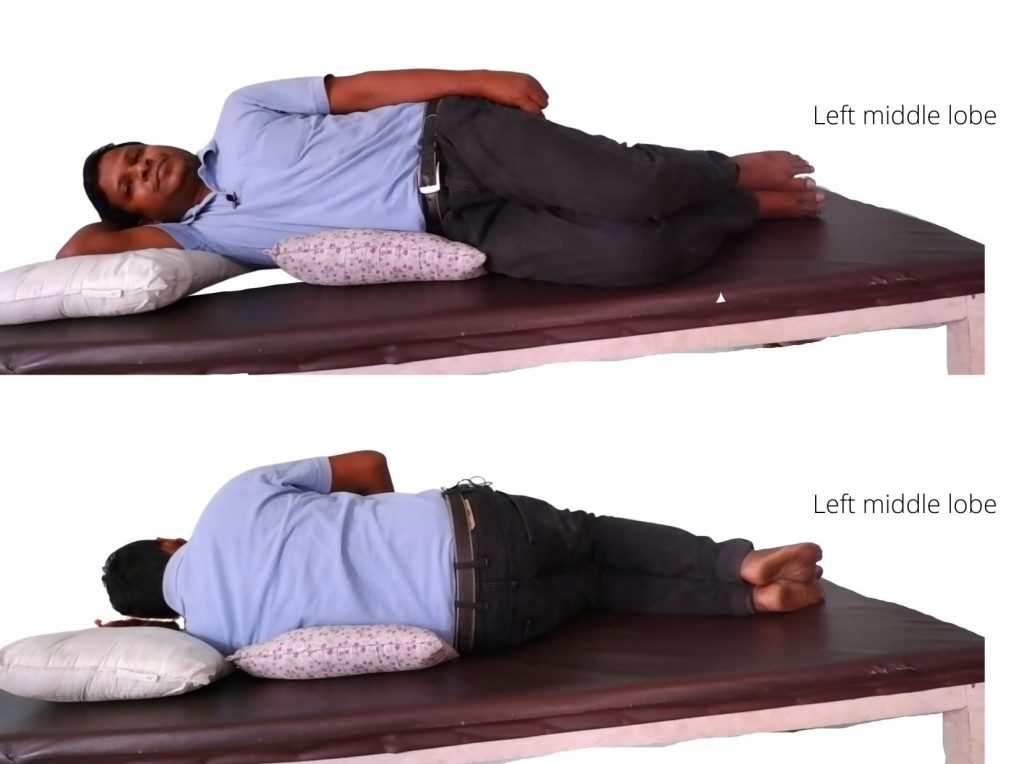
For the middle lobe, we need to position ourselves in a certain way to effectively drain the mucus. To start with,
- We need to incline the bed to roughly 15 degrees by using bricks or any other platform to raise one end of the bed.
- Now, let’s say your left middle lobe is affected; for this, you need to lie down on your right side with your head on the lower-lying end of the bed. You can keep pillows under your head to make yourself comfortable.
- Maintaining this posture for 10 minutes is important to allow the mucus to drain out from the affected area.
- After 10 minutes, you can return to a normal posture and cough out the sputum.
- To address the right side middle lobe, you need to apply the same posture technique on the left side, i.e., you need to lie down on your left side with your head on the lower-lying end of the bed. This will help to drain the mucus from the right side middle lobe.
Lower lobe postural drainage position
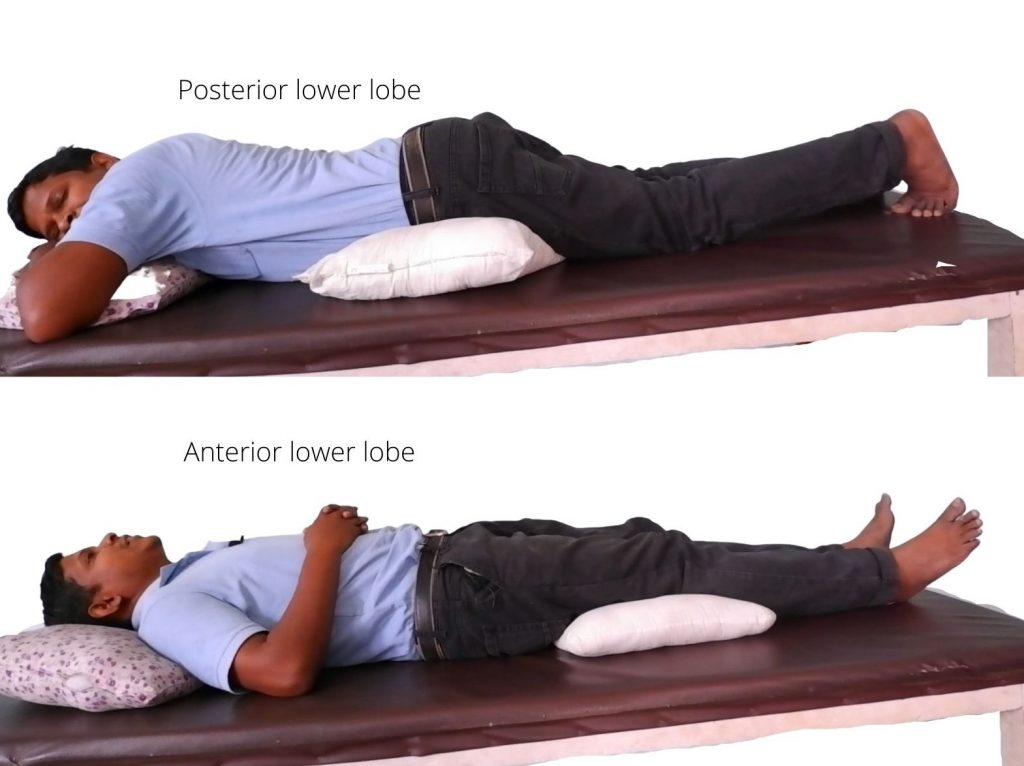
When performing postural drainage for the lower lobe of the lungs, two different positions can be used depending on which part of the lower lobe is affected. The lower lobe is divided into two parts: the anterior lobe in the front of the chest and the posterior lobe in the back.
- For the anterior lobe, the person lies on their back with the head positioned at the lower end of the bed. Pillows support the head and chest, as shown in the figure.
- The bed is inclined to help drain the mucus from the lungs.
- The person maintains this position for about 10 minutes and then sits up and coughs out the sputum.
- For the posterior lobe, the person lies on their stomach with a pillow under their hips and head.
- Again, the bed is inclined to help with drainage.
- The person maintains this position for about 10 minutes and then sits up and coughs out the sputum.
Final word
There are a few things you need to keep in mind when doing these natural drainage positions;
- The first and most important thing is not to eat for one and a half hours before the exercise.
- When lying on an inclined bed, when you feel that you are choking, immediately sit down and rest yourself.
The physiotherapists also give percussion, tapping, and vibration on the chest so that the sputum gets loose and will help drain out quickly. This is impossible at home as it requires special techniques, but maintaining the posture is equally beneficial.
Keep Reading: Importance of Face Masks During Flu Season
Dr Sunit Sanjay Ekka is a physiotherapist in practice for the last 15 years. He has done his BPT from one of the premium Central Government physiotherapy colleges, ie, SVNIRTAR. The patient is his best teacher and whatever he gets to learn he loves to share it on his Youtube channel and blog.
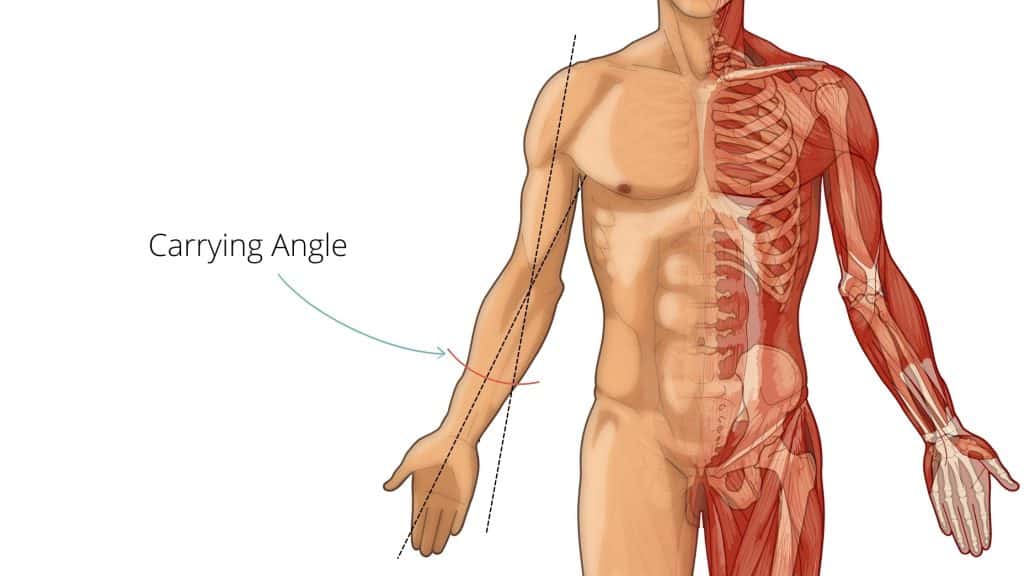
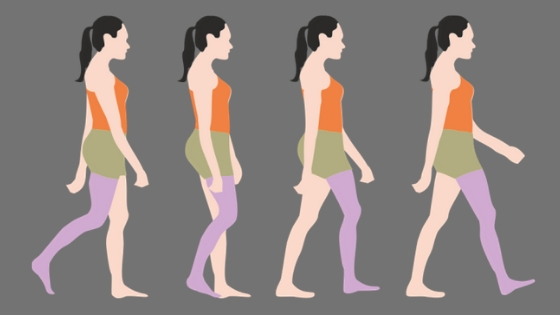
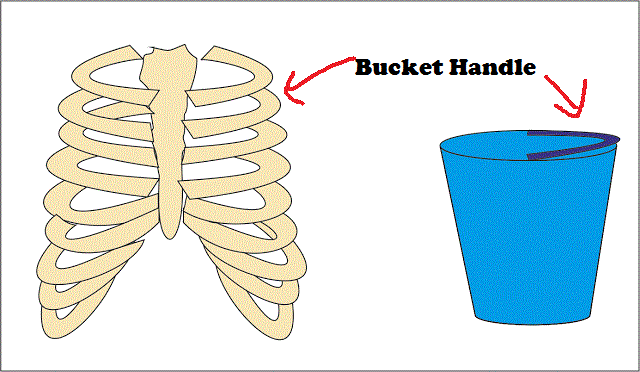
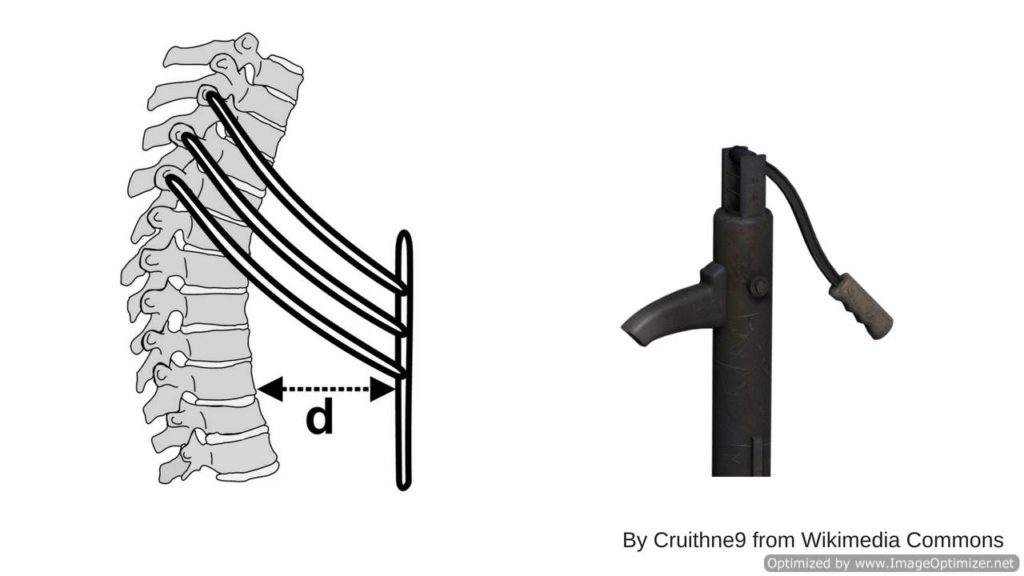
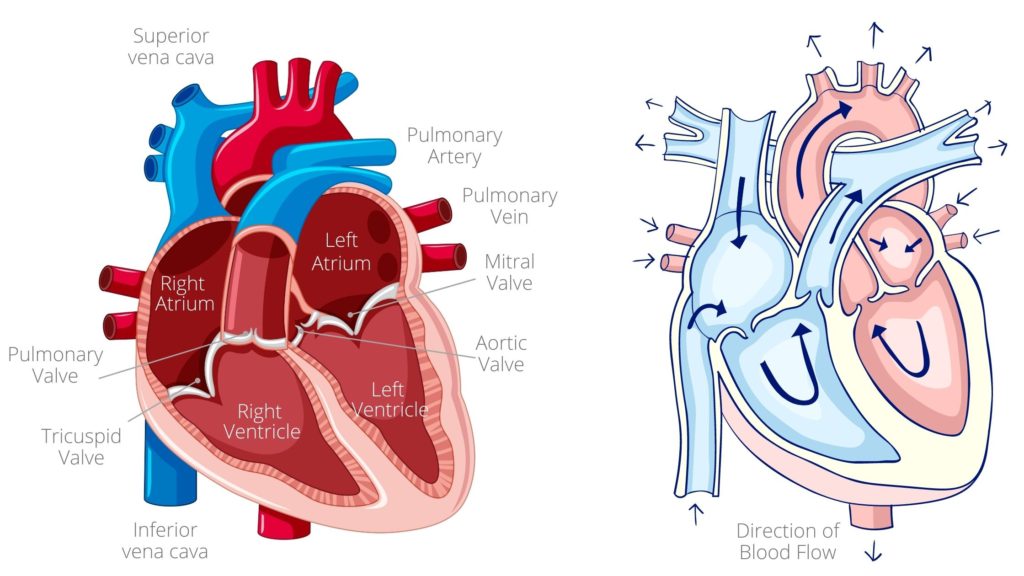
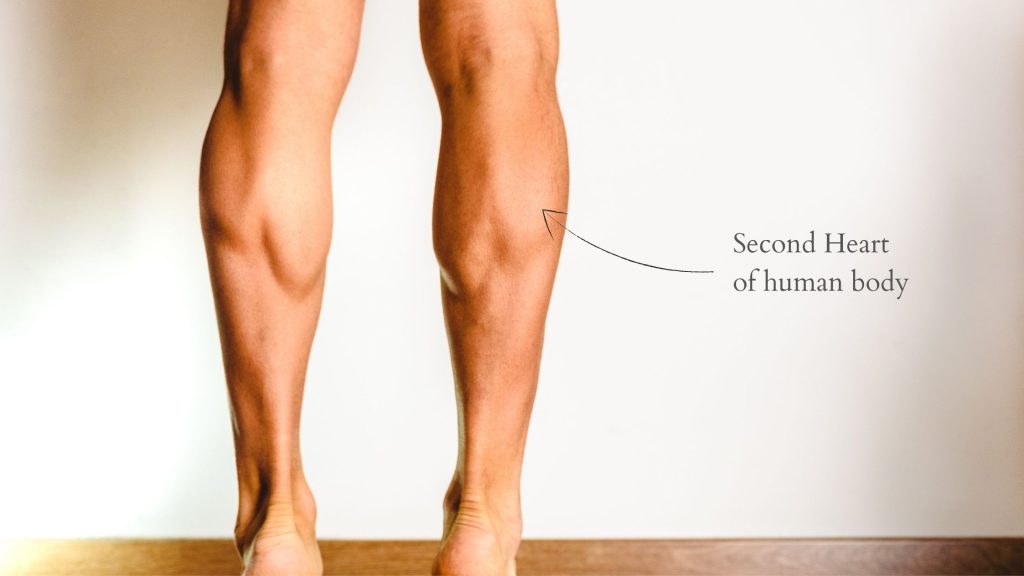
The lower Left Middle Lower Lobe drawing that shows the patient in Left side lying position is incorrect and should be in the Right Sided position as the Left Lower Lobe is dependent in this position